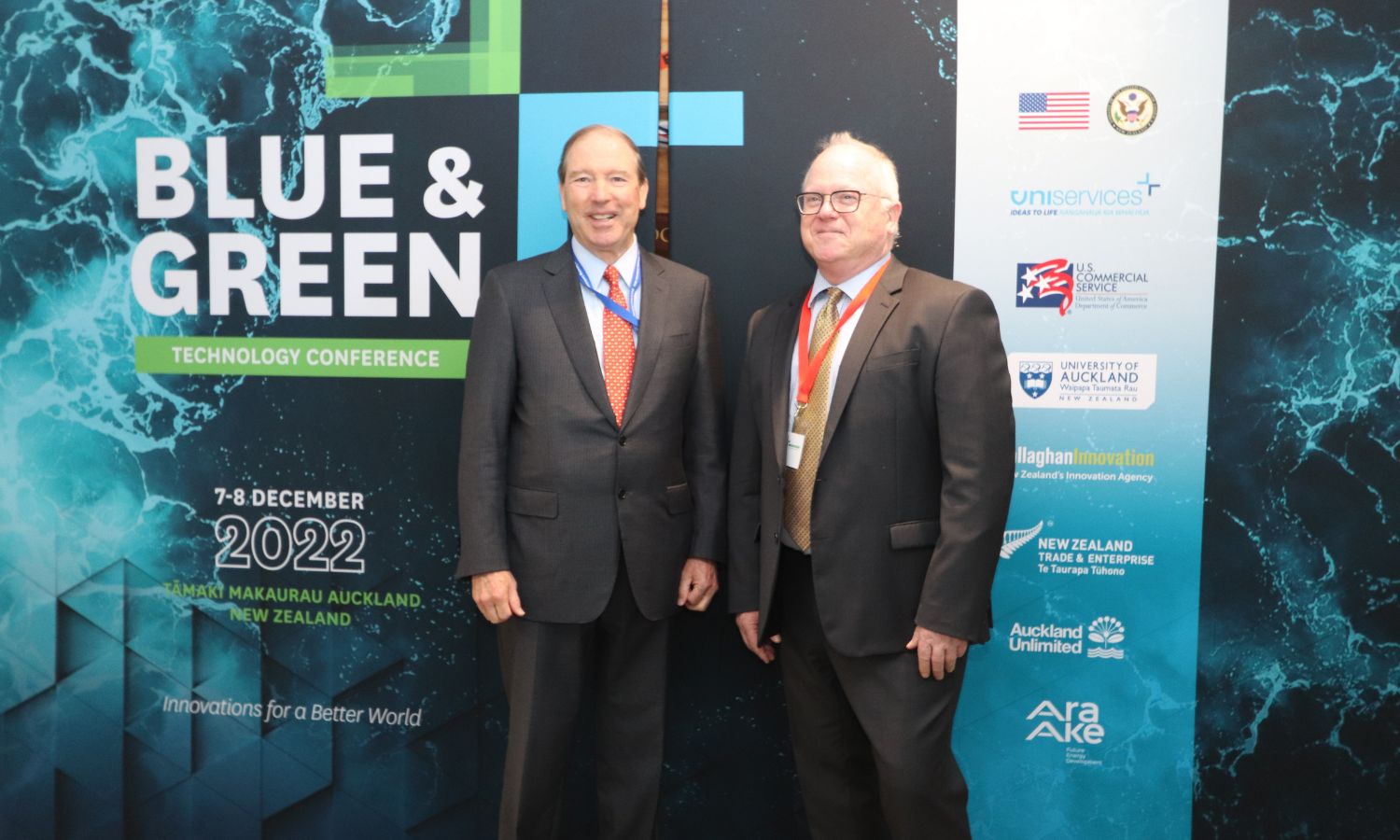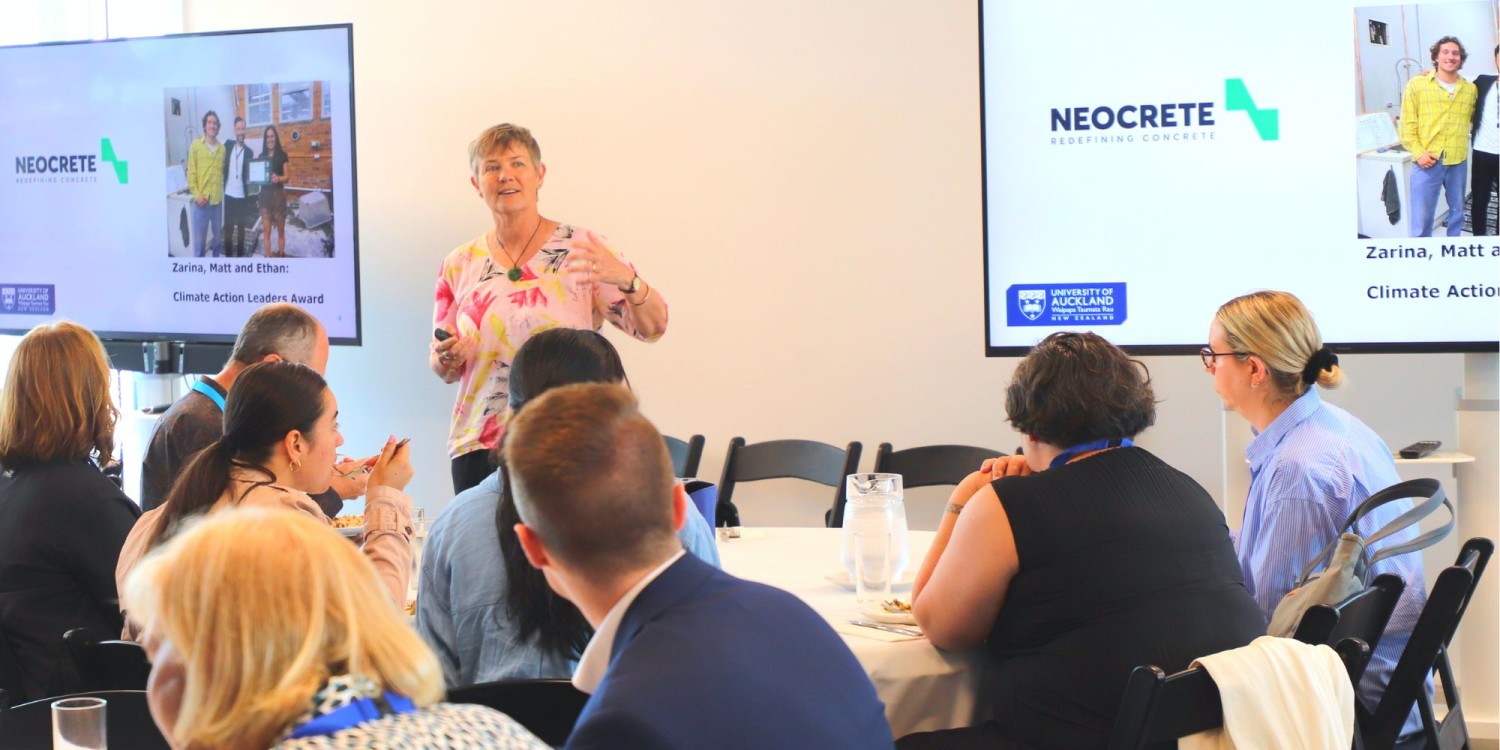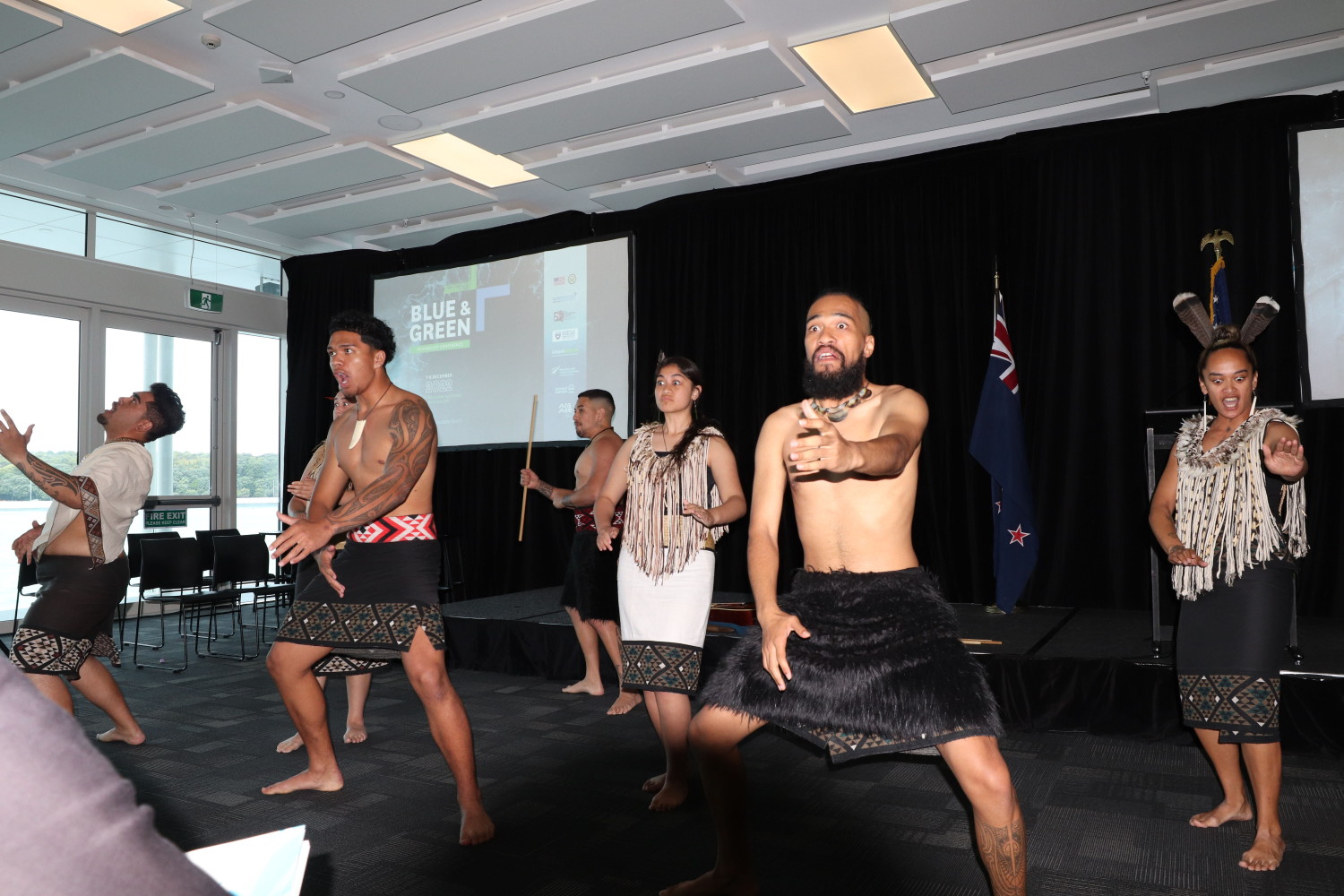Many inspiring innovators spoke, including Sean Simpson, founder and chief scientific officer of LanzaTech; Will Barker, co-founder and CEO of Mint Innovation; Matt Petersen, President and CEO of Los Angeles Cleantech Incubator (LACI); Audrey Zibelman, a member of President Biden’s National Infrastructure Advisory Council; Anthony DeOrsey, research manager of Cleantech Group; Alice Havill, business fellow with Breakthrough Energy; and Ian Short, co-founder of The Connective.
Bringing together different players was a major goal of the conference, and it worked – there was plenty of kōrero (conversation) between new connections and a consensus grew that the only way to solve the climate crisis is to collaborate through “co-opetition.”
Trade and finance for change
One major theme of the discussions was that international agreements, including trade agreements, can be major forces for climate-positive change.
Historically, trade agreements have “tended to pull in the opposite direction” from international climate change agreements – but that’s starting to change, said Minister Shaw.
The Indo-Pacific Economic Framework (IPEF), a Biden administration initiative involving 14 countries that collectively represent 40 percent of global GDP, names both trade and ‘clean energy, decarbonization and infrastructure’ among its four key pillars.
“Trade rules can and should support climate action,” said Mark Sinclair, New Zealand chief negotiator for the IPEF.
Ambassador Udall agreed that trade, particularly climate-friendly supply chains, can be a “game changer.” However, more capital is necessary to invest in innovation, nurture the next generation of clean technologies and scale them, he said.
The U.S. administration is committed to the goal set in 2009 of mobilising US$100 billion a year for climate action in developing countries, but working with the private sector could mobilise trillions, said Udall.


